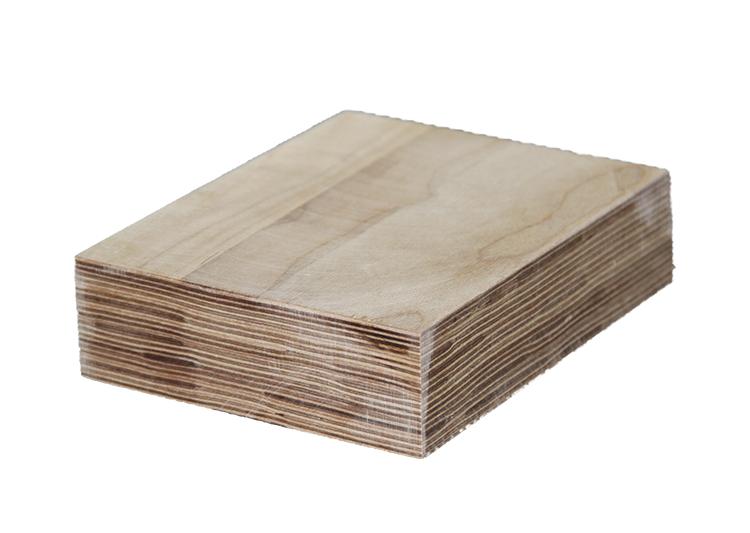Differences between FR4 and FR5 fiberglass laminates
FR4 and FR5 are both types of fiberglass-reinforced epoxy laminate materials used in the construction of printed circuit boards (PCBs), but they have some key differences:
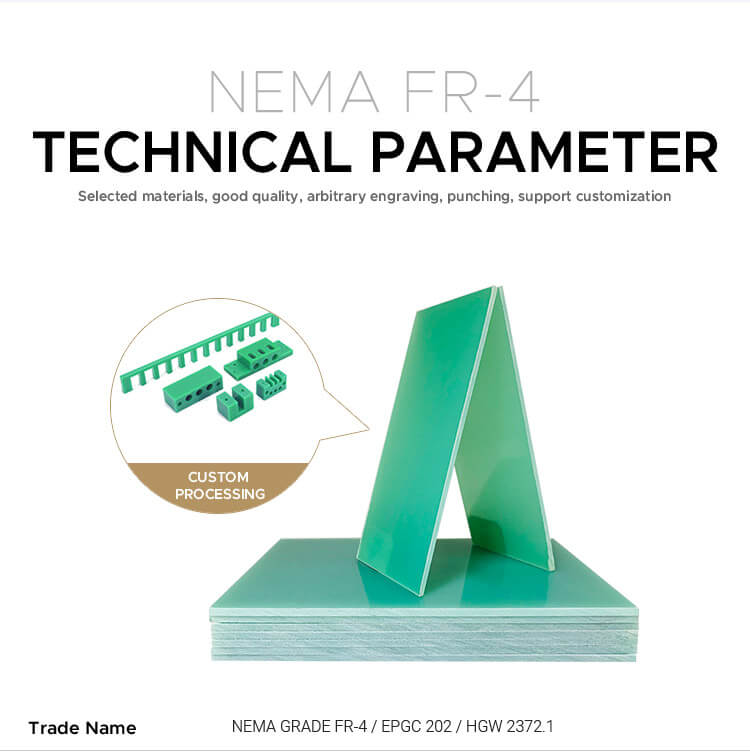
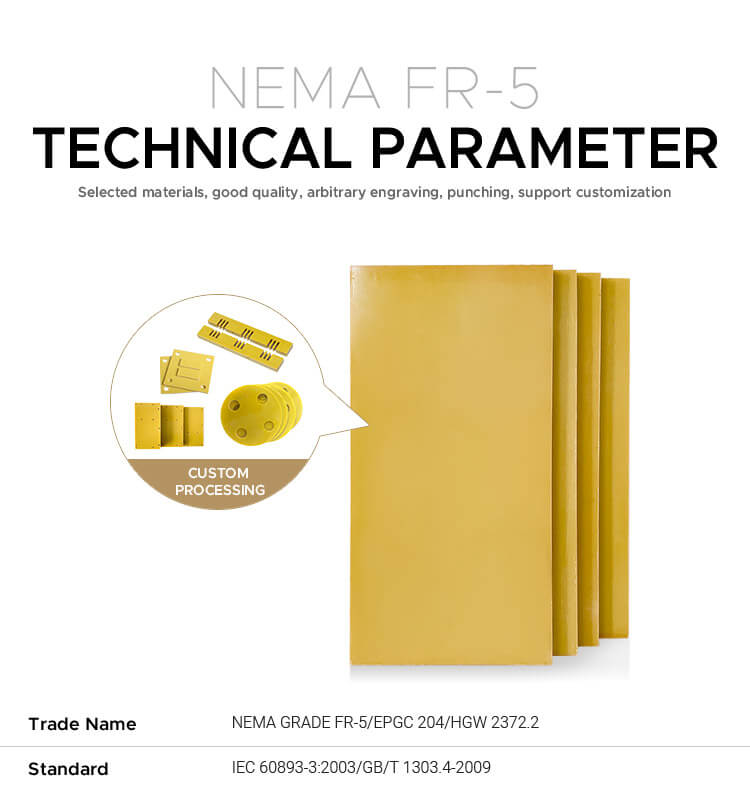
Composition:
FR4: Made of woven fiberglass cloth impregnated with an epoxy resin, with a Tg (glass transition temperature) rating indicated by the “4” in FR4.
FR5: Similar to FR4 in composition but typically has a higher Tg rating1.
Glass Transition Temperature (Tg):
FR4: Generally has a Tg rating around 130-140°C, which is the temperature at which the material transitions from a rigid to a more flexible state.
FR5: Has a higher Tg rating, often around 150-170°C or even higher, making it suitable for applications requiring higher-temperature operation or processing.
Temperature Resistance:
FR4: Suitable for standard electronic applications with moderate
operating temperatures.
FR5: Chosen for applications where higher temperature resistance is necessary, such as high-frequency and high-speed communication devices, military applications, and other specialized electronics.
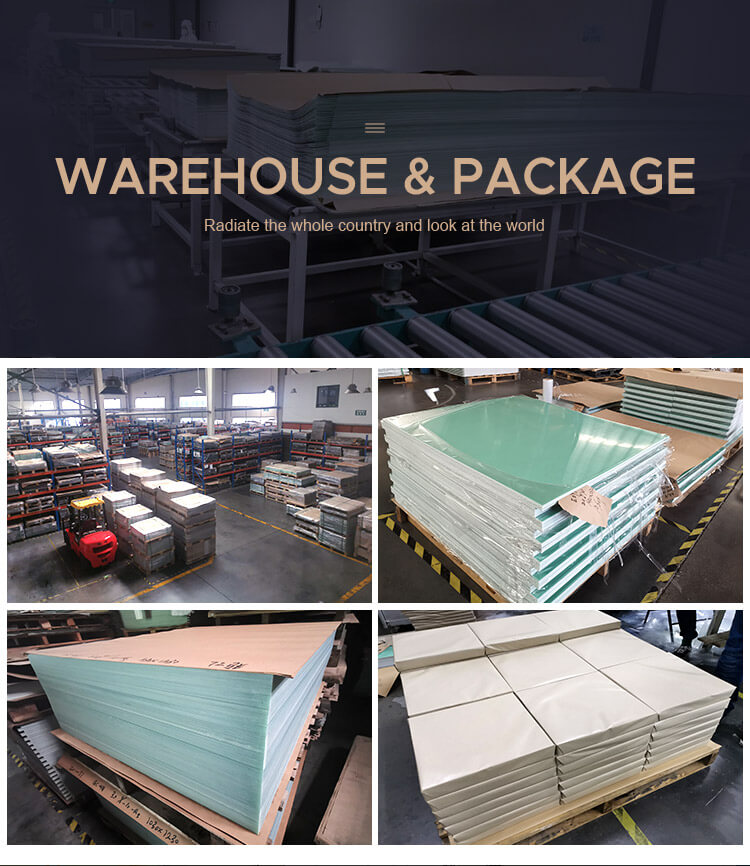
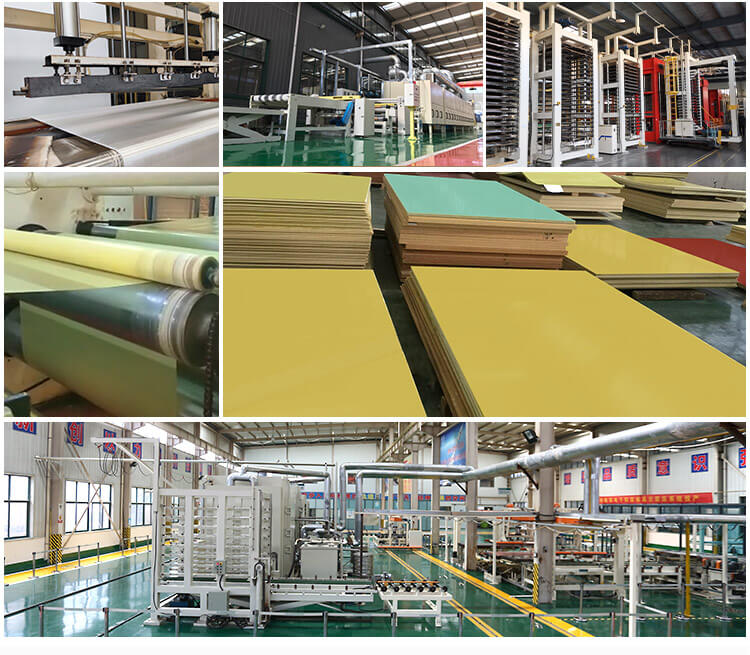
Applications:
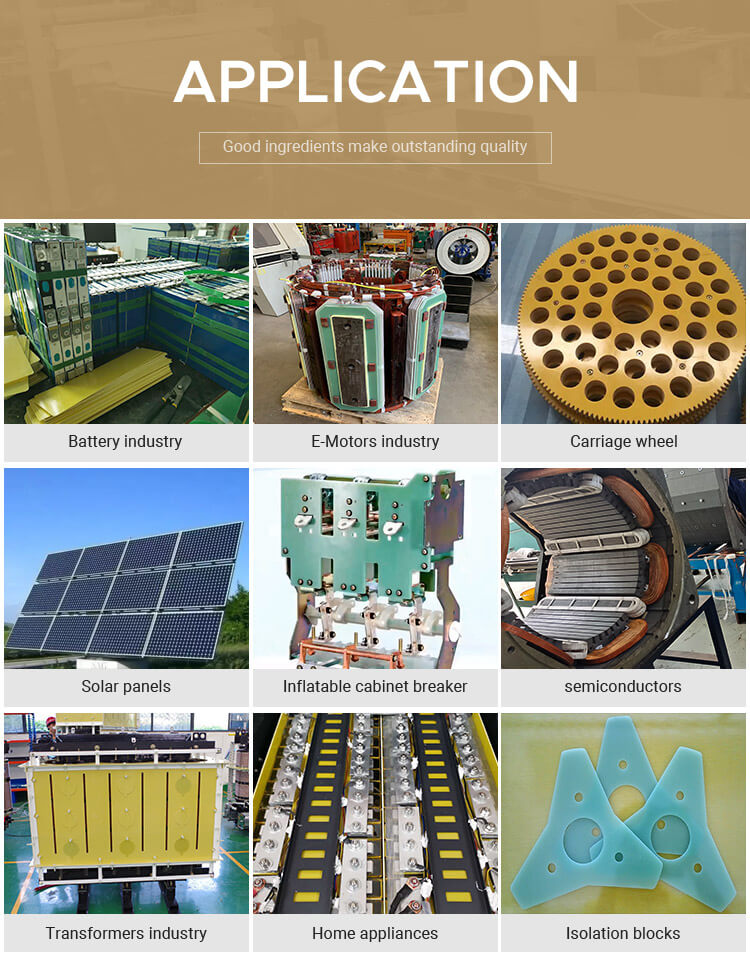
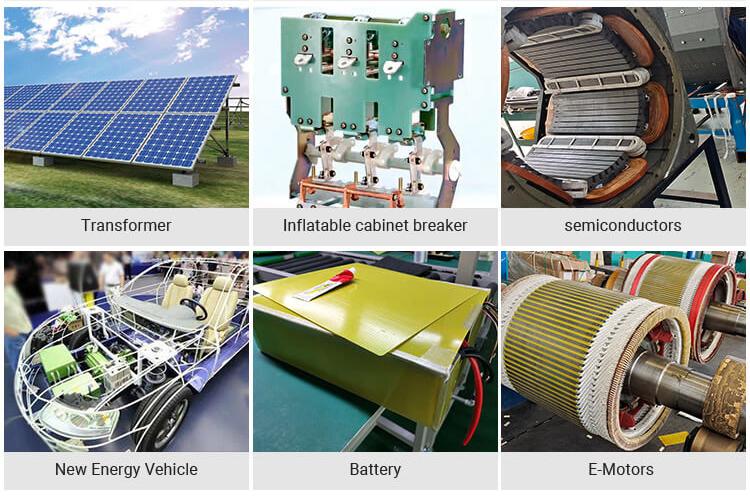
- more+releated article
- 2025-10-21Application of K Factor Transformer
- 2025-10-21Detailed explanation about transformer model w
- 2025-10-2010kV Oil-Immersed Transformer Safety: Lightnin
- 2025-10-20What are The Advantages of Phenolic Cotton Clo
- 2025-10-17Are Three-Phase Isolation Dry-Type Transformer
- 2025-10-17G10 Epoxy Sheet: Choosing the Right Specificat
- 2025-10-1610kV Oil-Immersed Transformer Operation Inspec
- 2025-10-163240-B Epoxy Phenolic Glass Fiber Cloth Lamina
- 2025-10-15G10 Epoxy Sheet: The Preferred Insulation Mate
- 2025-10-15Analysis of Energy-Saving and Noise Control Te





